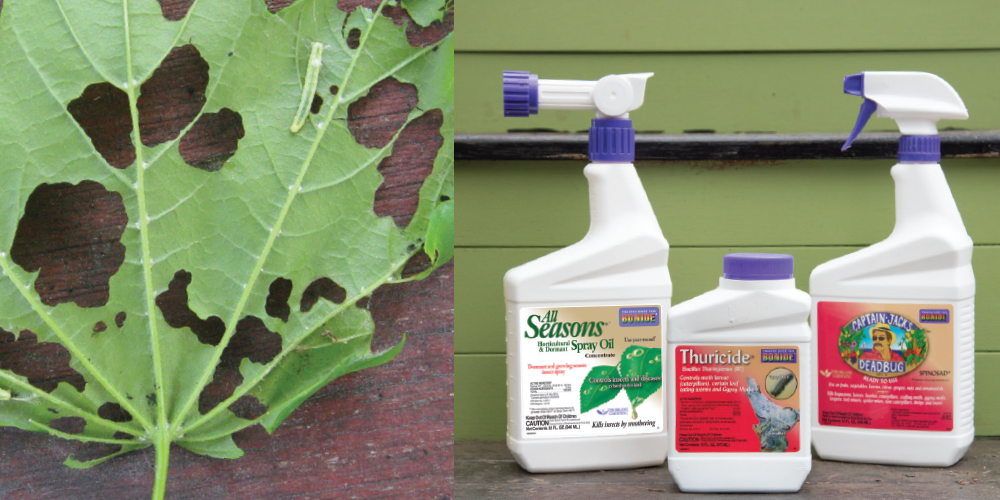May 17, 2018
Winter Moth: What You Need to Know

Originally introduced to North America from Europe, winter moths, and the devastation they bring can be found throughout New England – especially in areas around Boston and Cape Cod. They seem to prefer apple, blueberry, cherry and crab-apple fruit trees, but they also feed on oaks, maples and ash. There is no gentle way to say this; it’s a very serious problem.
Adult moths emerge from soil around late November, and females lay eggs on tree trunks, house siding, and other outdoor surfaces through January. The eggs hatch before spring buds break. The young larvae (tiny inchworms caterpillars) tunnel into buds where they feed – often before the buds even open. After they eat up one bud, the larvae move to the next bud using wind and silk strands, called “ballooning”. The result is partial to significant defoliation. If a tree is defoliated 3 years in a row it’s at a high risk of death!
What You Can Do
To date, there is no easy solution, nonetheless it’s critical that you do as much as possible or your trees will be at risk. Here are ways you can combat the problem: In early spring (late March or up until the leaves start to open) spray All Seasons Horticultural Oil from Bonide. It’s an all-natural oil that helps prevent winter moth eggs from hatching. Warning: if you saw adult moths last December, DON’T WAIT to look for them this spring – the larvae do an awful amount of damage as they become visible.
Once the leaves start to open, it’s too late for the Hort Oil – now it’s time to spray either Bonide’s all-natural Thuricide or all-natural Captain Jack’s Deadbug Brew. Both will kill winter moth caterpillars, but Capt. Jacks will kill even when they get big. Important notes: To help a defoliated tree or shrub survive the summer, make sure to water deeply once a week. Also, even though all three Bonide products are all-natural, you’ll still want to avoid wet contact with bees. If any tree or shrub attracts bees, do not spray when it is in flower. Any other time of year, even if not in flower, minimize contact with bees by spraying either very early in the morning or after sunset – you want time for sprays to dry while bees are not active.
